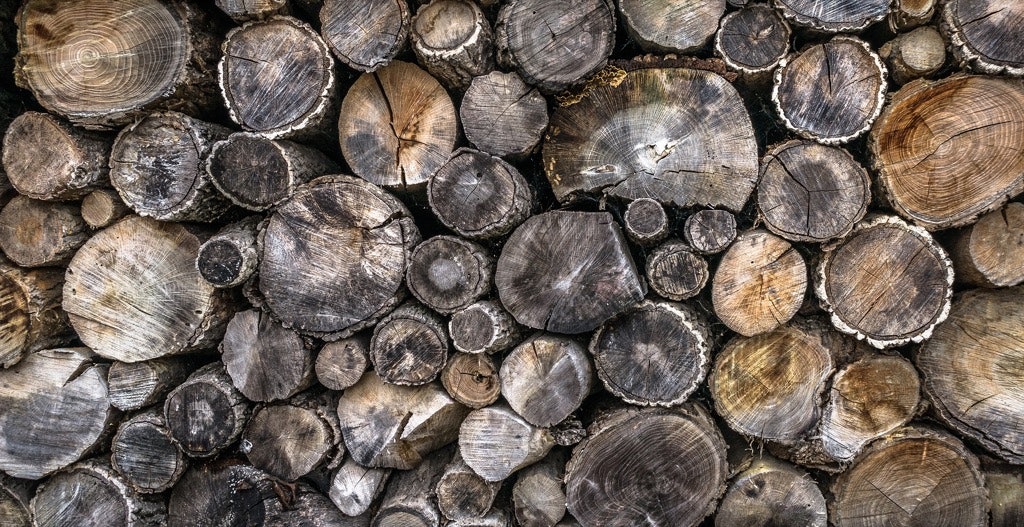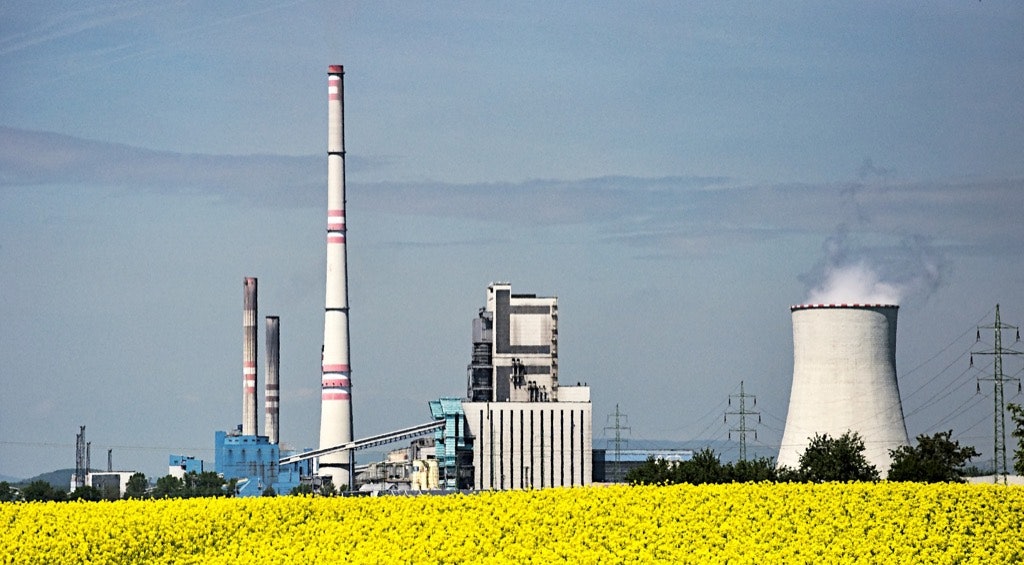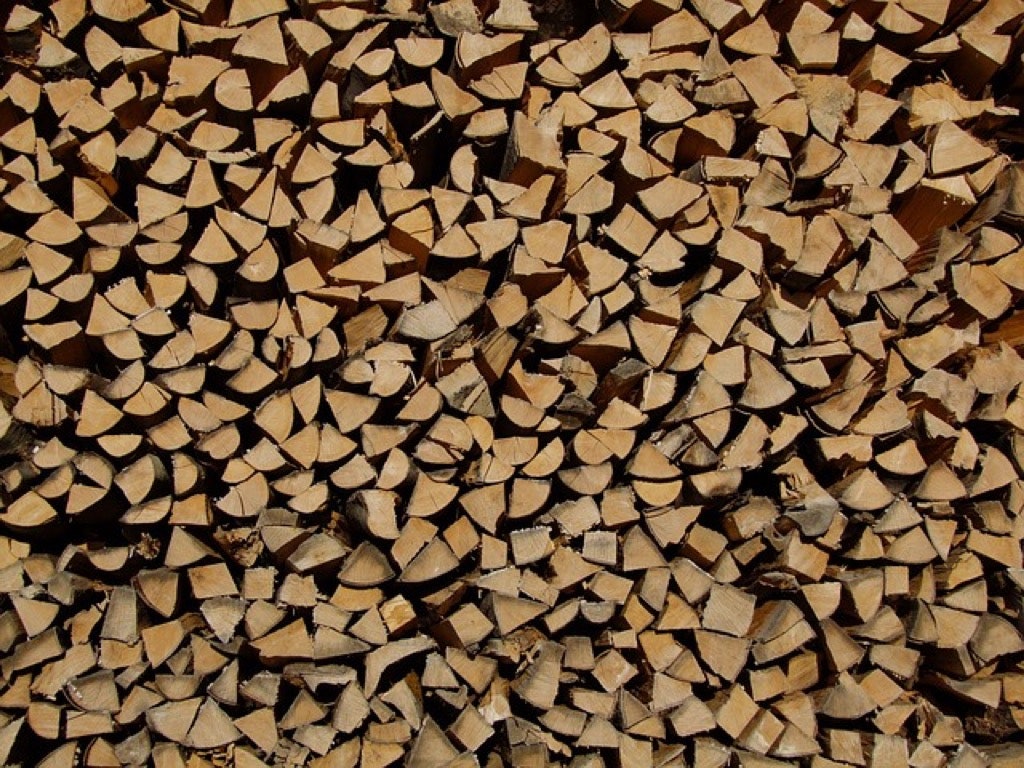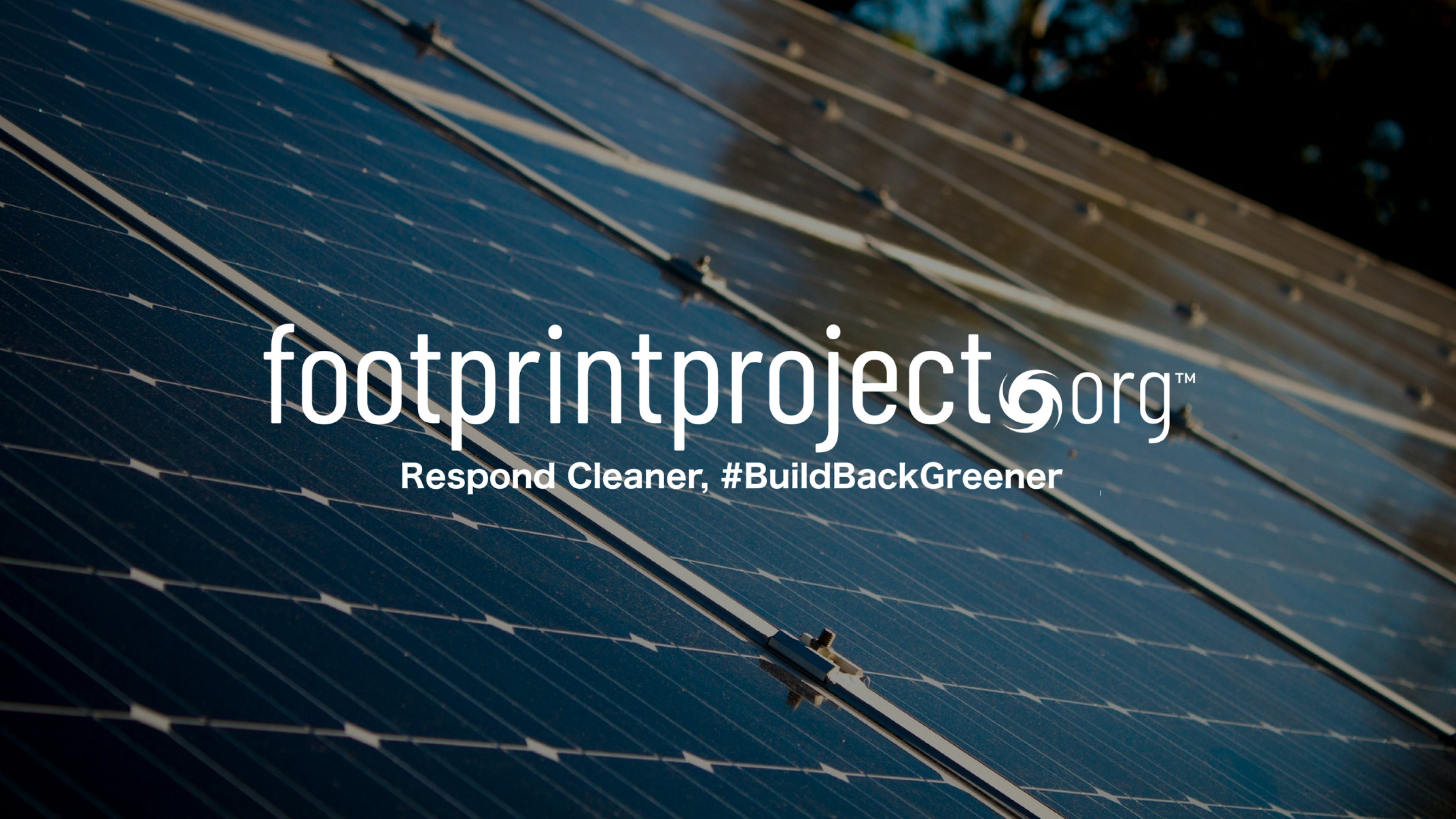How Biofuel Is Made

In the United States, there has been much research into how to produce and take advantage of renewable fuels. The U.S. Department of Energy manages the research efforts and development of biofuel products and technologies. Some of the common processes include thermochemical, where they use bio-oil or gaseous compounds, and bio-chemical, where they use sugar or lignin in the conversion process.
Biofuels generally come from a few common sources. The concept lies in the fact the energy contained in raw materials, such as plants, originally came from the sun. Photosynthesis stores energy in the plants’ cells through photosynthesis and is present in the following materials:
- Sugar crops: Sugar cane, sugar beet, and corn, maize, and other starches can be fermented, which yields ethanol.
- Natural plant oils: Soybean, oil palm, or even algae can be burned. To produce power, some diesel engines burn of these. You can also blend them with petroleum-based fuels.
- Wood/byproducts: They often convert these into ethanol, methanol, and other liquid biofuels. They also form woodgas.
- Burned wood: You can use firewood as a solid fuel. If a furnace supports it, they use chipped wood as a fuel-based biomass.

General Overview of Biofuel Conversion
The feedstock chosen depends on the conversion process in question. For example, they select it based on quality, composition, and size. The biochemical processes often include grasses and agricultural and woody residues. The general procedures for conversion include deconstruction to break the biomass down into its chemical components. There are different deconstruction processes. The required temperatures differentiate the types that will yield proper results. Thermochemical deconstruction ranges from 300 to 1,000°C.
High-temperature deconstruction: There are three processes. They include pyrolysis, which is the thermal/chemical decomposition of feedstock without oxygen. The outcome is a bio-oil with hydrocarbons. There are more oxygenated compounds per unit than in petroleum crude oils. Before it can be made into a fuel or processed in a refinery, it must upgrade the intermediate. Hydrothermal liquefaction produces a bio-oil by adding heat and pressure to a wet feedstock slurry. After you treat it with water, it is further processed in a reactor. Thermal deconstruction is also accomplished with gasification, which occurs at temperatures above 700°C. You can add oxygen carrier or steam before you clean and condition the gas.

Low-temperature deconstruction:
To facilitate the conversion process, you can use enzymes and other catalysts, such as heat. The carbohydrate material converts into an intermediate sugar compound. They can then ferment the building blocks. It’s also possible to chemically catalyze them. The process involves pretreatment, where you prepare the feedstock for hydrolysis using mechanical or chemical processing methods. They break down this material into soluble and insoluble components. This exposes the sugar polymers. Hydrolysis further breaks down the polymers. This forms molecules that are used as fuels or building blocks.
Synthesis/upgrading:
Producing the intermediates isn’t the end of the bio-fuel production process. The initial phases yield sugars, crude bio-oils, and gaseous mixtures or chemicals. Upgrading the yield is a variable process, depending on the materials present. The complexity of the process implemented depends on the nature of the chemical distribution. A variable mix of compounds may require more complexity to process into the end product. You use bacteria and yeast to boost the fermentation stage. You might need stabilization, catalytic processing, and biological processing, among other intermediate upgrading procedures, to prepare a fuel product.
In some cases, microorganisms can act by fermenting sugar or gaseous compounds. Producers can also use catalytic processes to prepare a biofuel for storage and handling. Finished products can end up in different places. Some are commercially viable once they complete the conversion process. Others are suited to be further processing in a chemical manufacturing facility or a petroleum refinery.

Production Stages
Manufacturing biofuel occurs in a few basic stages; considering the use of waste vegetable oil from a standard kitchen, these include:
- Filtration: They filter the oil, which eliminates all food particles. It is easier to filter warmer liquids. You can do this with a coffee filter.
- Water Removal: The reactions are faster when you remove water. You can accomplish this by boiling the mixture at about 100°C.
- Titration: A method of chemical analysis to determine the concentration of the analyte present. It helps determine how much lye is needed.
- Sodium methoxide preparation: You mix methanol, at a quantity of around 20 percent of the vegetable oil used, with sodium hydroxide.
- Heating/mixing: The results mixture is heated and mixed with care.
- Settling/separation: As the mixture cools, the biofuel will float on top. You drain the leftover glycerin and use the pure biofuel.

Production of Common Biofuels
Ethanol is often used as a blending agent. It can increase the octane of gasoline and reduce atmospheric emissions. Common blends include 10 percent ethanol, 90 percent gasoline and, in the case of flexible fuel vehicles, 51 to 83 percent ethanol. Most of the time, you can make ethanol from plant starches and sugars. Scientists are even working to develop ways to refine cellulose and hemicellulose into biofuel.
After combining alcohol with compounds such as vegetable oil, recycled cooking grease, or animal fat, you can blend biodiesel with traditional fuels. You can mix in any percentage with petroleum diesel. The range is from pure biodiesel to a blend of 20 percent with 80 percent petroleum based fuel. You can also create drop-in fuels made of hydrocarbons from biological sources. Since they’re essentially identical to petroleum-based fuels they replace, you can use them with the same engines and other devices.
Sources: Dec.ny.gov, Energy.gov, Biofuel.org.uk, Wikipedia


